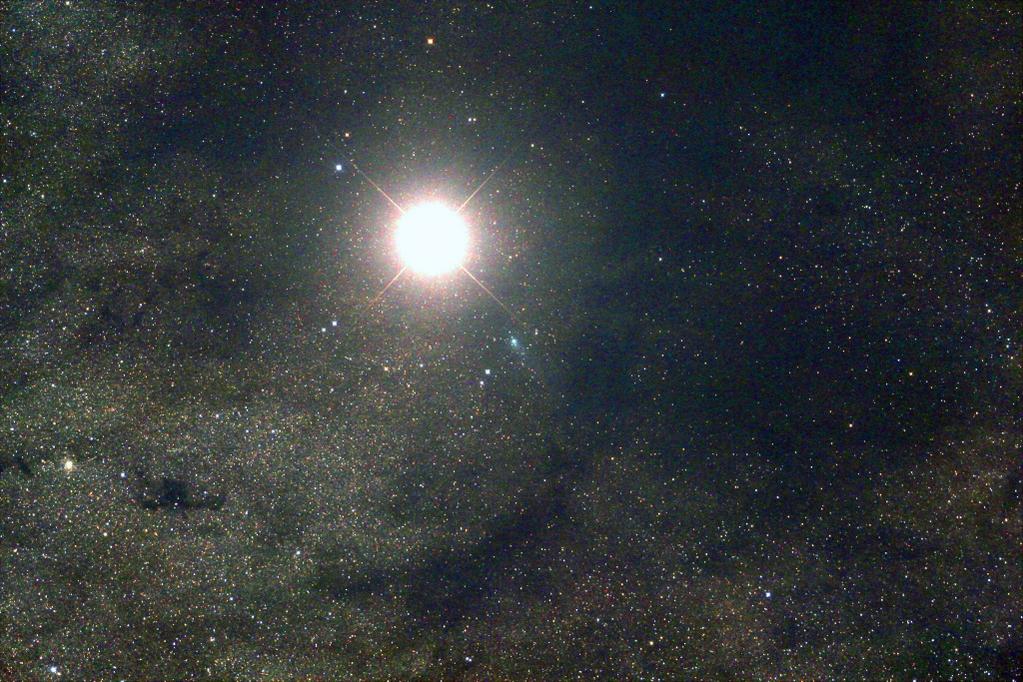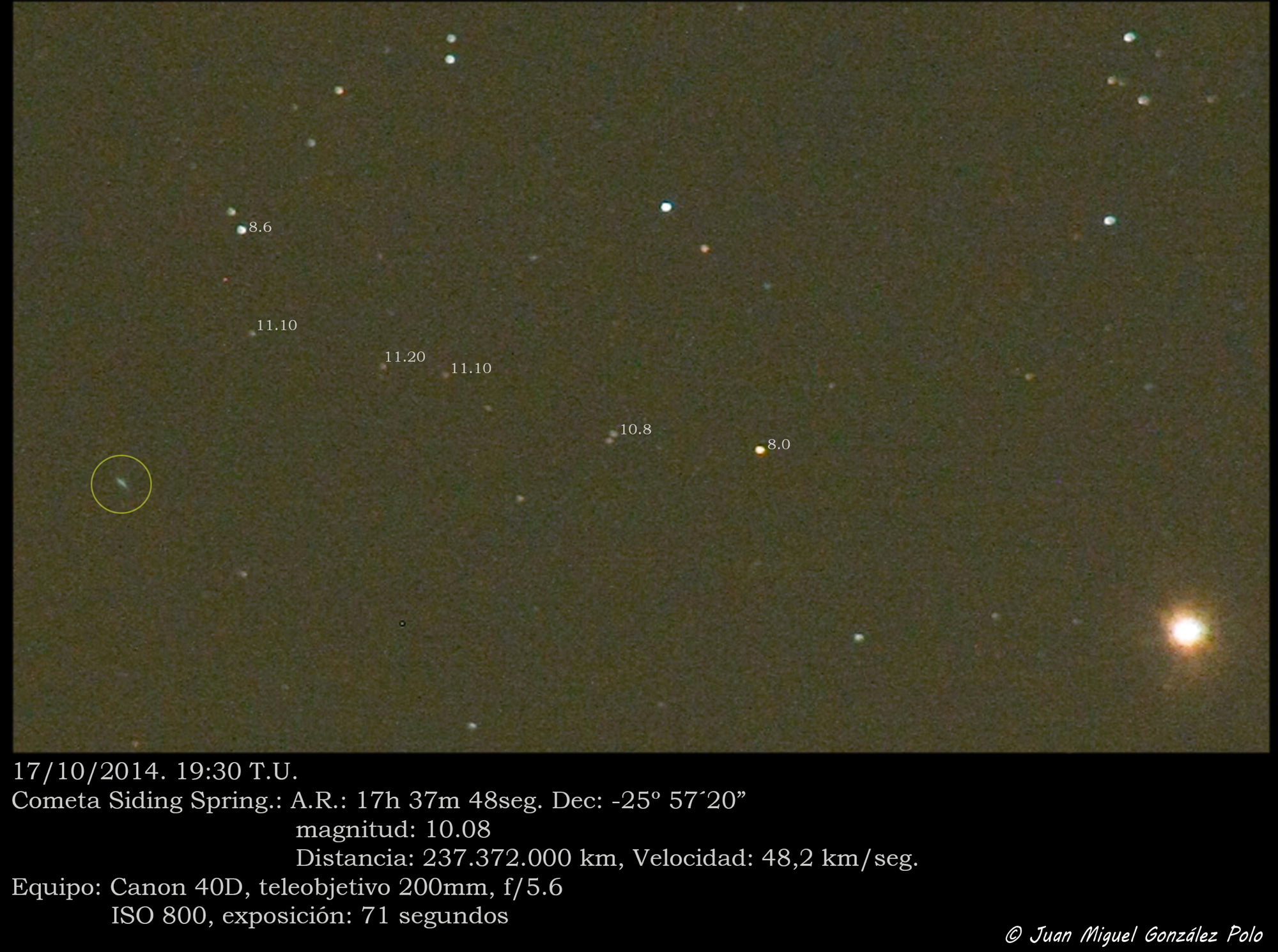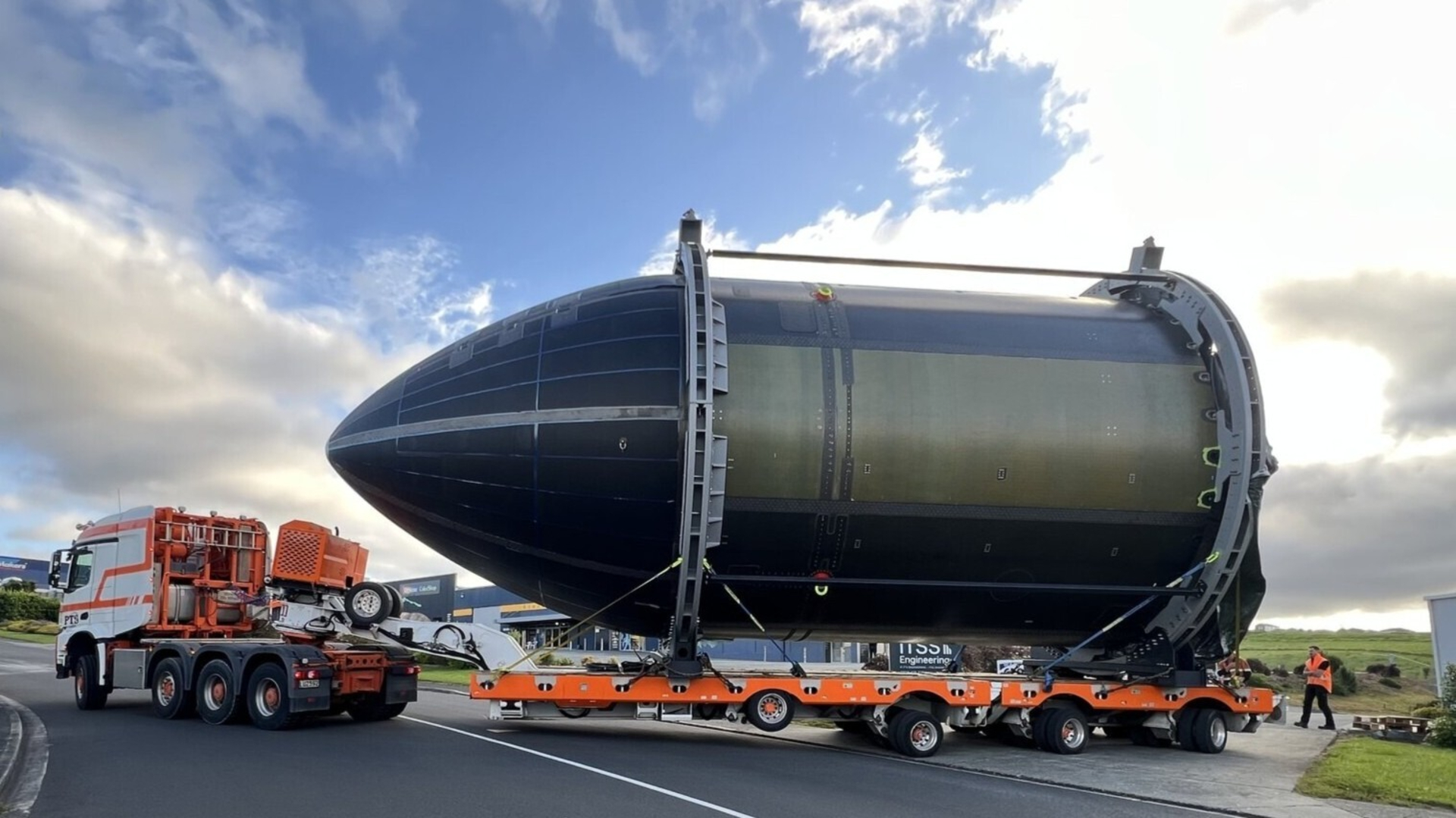NASA Spacecraft at Mars Survive Close Encounter with Comet

Three spacecraft at Mars survived a close brush with a comet that buzzed by the Red Planet Sunday (Oct. 19), while scientists on Earth captured some amazing images of the comet's close pass.
NASA's Mars Reconnaissance Orbiter (MRO), MAVEN (Mars Atmosphere and Volatile EvolutioN) probe and Odyssey spacecraft appear to be in good health after hiding behind Mars as Comet Siding Spring whizzed 87,000 miles (139,500 kilometers) past the planet at high speed. The three spacecraft and two rovers — NASA's Curiosity and Opportunity — plus the two other probes at the Red Planet, were also charged with gathering information about the comet and its effect on Mars.
"We're glad the spacecraft came through, we're excited to complete our observations of how the comet affects Mars and we're eager to get to our primary science phase," MAVEN principal investigator Bruce Jakosky, of the University of Colorado, Boulder, said in a statement. [See photos of Comet Siding Spring]
Amazing images
People using telescopes captured some incredible images of Comet Siding Spring and Mars from Earth. One photo, from the Siding Spring Observatory, shows Mars as an extremely bright spot with the comet shining in blue at the center of the image. Background stars also fill the stunning image of the close approach.
"Working on three scopes at the Siding Spring Observatory, we hoped that between them, we'd get a great result," astronomer Nick Howes told Space.com of his plans to capture images of the comet. "When the images started coming in, we knew we had something special, just from the raw data. There's been a lot of great images taken today; we're just proud that the education-driven Tzec [Maun Foundation] took some of them."
Another image of the comet, taken from Spain by photographer Juan Miguel González Polo, shows the comet (a circled green streak) flying toward Mars on Oct. 17 before its closest pass with the Red Planet.
Science of a flyby
The spacecraft at Mars had to take cover behind the planet because the speeding dust sloughed off by Comet Siding Spring could have posed a threat to the mechanisms of the probes. The comet was flying through space at 126,000 mph (203,000 km/h) relative to Mars, according to NASA.
Breaking space news, the latest updates on rocket launches, skywatching events and more!
The spacecraft's evasive maneuvers seemed to have worked, and all three of NASA's orbiting spacecraft managed to gather some data as the comet flew by. The spacecraft observed any changes to the Martian atmosphere that could have been caused by the comet's dust, and scientists were also hoping to gather data the could help them learn more about the
"The telemetry received from Odyssey this afternoon confirms not only that the spacecraft is in fine health but also that it conducted the planned observations of comet Siding Spring within hours of the comet's closest approach to Mars," Odyssey Mission Manager Chris Potts, of NASA's Jet Propulsion Laboratory, in Pasadena, California, said in a statement.
Editor's Note: If you tracked Comet Siding Spring with a telescope and captured an image of the comet, let us know! You can send images and comments in to Space.com at: spacephotos@space.com.
Follow Miriam Kramer @mirikramer and Google+. Follow us @Spacedotcom, Facebook and Google+. Original article on Space.com.

Miriam Kramer joined Space.com as a Staff Writer in December 2012. Since then, she has floated in weightlessness on a zero-gravity flight, felt the pull of 4-Gs in a trainer aircraft and watched rockets soar into space from Florida and Virginia. She also served as Space.com's lead space entertainment reporter, and enjoys all aspects of space news, astronomy and commercial spaceflight. Miriam has also presented space stories during live interviews with Fox News and other TV and radio outlets. She originally hails from Knoxville, Tennessee where she and her family would take trips to dark spots on the outskirts of town to watch meteor showers every year. She loves to travel and one day hopes to see the northern lights in person. Miriam is currently a space reporter with Axios, writing the Axios Space newsletter. You can follow Miriam on Twitter.

